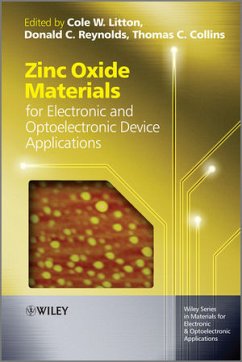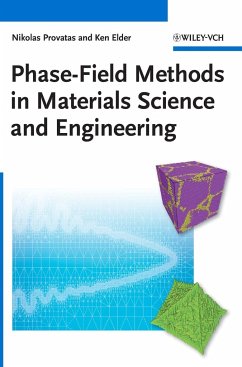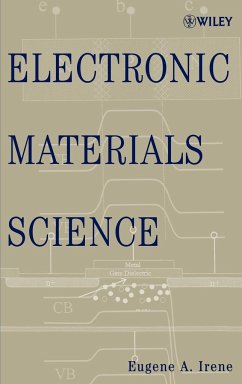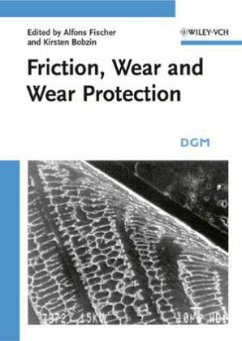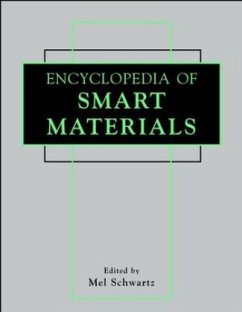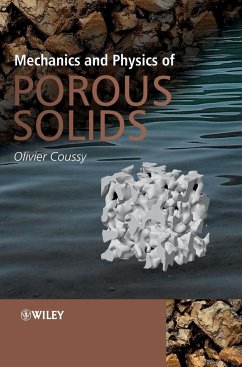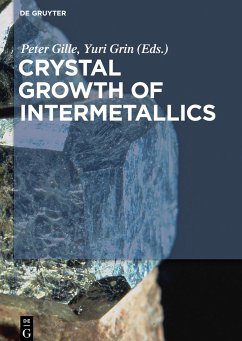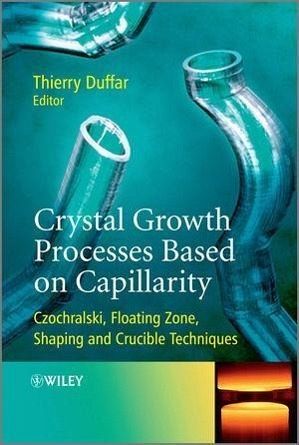
Crystal Growth Processes Based on Capillarity
Czochralski, Floating Zone, Shaping and Crucible Techniques
Herausgeber: Duffar, Thierry

PAYBACK Punkte
126 °P sammeln!
The demand for large, high-quality single crystals has increased rapidly as a result of the growing semiconductor and optics industry, where perfect single crystals are used as substrates or components for devices. Crystal Growth Processes Based on Capillarity covers all crystal growth techniques and explains why and how they are dependent on liquid surface phenomena, or capillarity. Each chapter addresses fundamental capillary effects, detailed experimental developments, technically important processes, and associated software. The book includes: * Basic principles of capillarity, wetting and...
The demand for large, high-quality single crystals has increased rapidly as a result of the growing semiconductor and optics industry, where perfect single crystals are used as substrates or components for devices. Crystal Growth Processes Based on Capillarity covers all crystal growth techniques and explains why and how they are dependent on liquid surface phenomena, or capillarity. Each chapter addresses fundamental capillary effects, detailed experimental developments, technically important processes, and associated software. The book includes: * Basic principles of capillarity, wetting and growth angle data and detailed mathematical treatments * Shape stability in capillary crystal growth, including Verneuil and Czochralski techniques * Czochralski process dynamics and control * Floating Zone crystal growth * Shaped crystal growth of silicon and sapphire, micro-pulling down techniques * Vertical Bridgman and dewetting processes * Marangoni convection in crystal growth With over 25 years experience, Duffar brings together a good balance of theory and experimental techniques, making this a resource for all crystal growers in both research and in industry.



